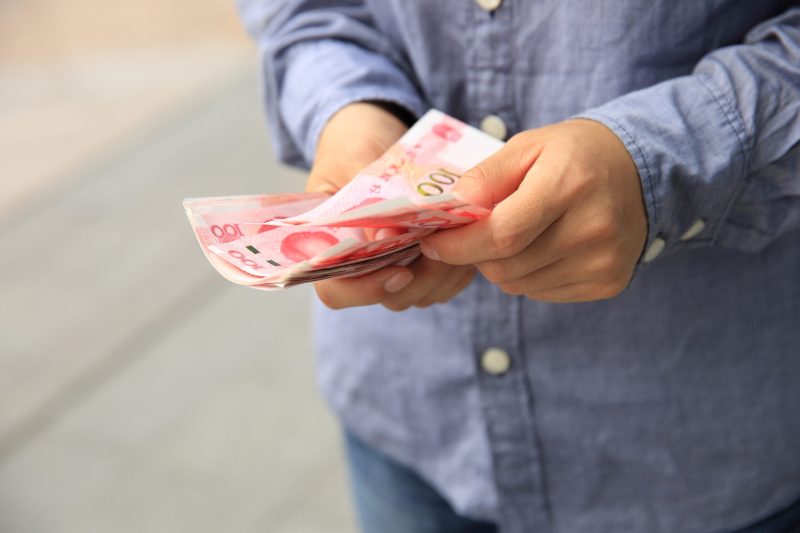China has reduced its benchmark lending rates in an effort to stimulate economic growth and address a struggling housing market.
The one-year loan prime rate (LPR) was lowered to 3.10% from 3.35%, while the five-year LPR was cut to 3.60% from 3.85%.
These moves follow a series of monetary easing measures introduced by the People’s Bank of China (PBOC) in late September.
This latest reduction exceeds the expectations of economists, who had predicted a smaller 20-basis point cut across both lending rates.
Instead, the size of the cuts, ranging from 20 to 25 basis points, aligns with previous statements by PBOC Governor Pan Gongsheng, suggesting a more aggressive approach to monetary easing.
Targeting borrowing and market stabilization
The LPR is set by a consortium of major Chinese banks and serves as a key reference point for the pricing of loans.
Most new and existing loans are linked to the one-year LPR, while the five-year rate plays a critical role in determining mortgage costs and other long-term loan pricing.
The reductions come as part of a broader strategy to encourage households and businesses to borrow more by lowering interest rates and increasing liquidity.
These measures are intended to boost lending, halt the property market’s decline, and ultimately restore economic momentum.
“The larger cuts confirm the PBOC’s commitment to faster monetary easing and reflect the Politburo’s recent push for more forceful rate cuts,” said Beckly Liu, head of China macro strategy at Standard Chartered Plc.
Yuan and bond markets react with stability
Following the announcement, the offshore yuan remained stable at around 7.12 per dollar.
Meanwhile, China’s 30-year government bond yield remained unchanged at 2.3% amid low trading volumes. The muted market reaction suggests that the rate cuts were largely anticipated.
China’s top policymakers had earlier emphasized the importance of revitalizing the property market, which plays a crucial role in the country’s economy.
In a Politburo meeting held in September, officials vowed to implement substantial interest rate reductions and introduce measures to prevent further deterioration in the real estate sector.
Bruce Pang, chief economist for Greater China at Jones Lang LaSalle Inc., noted that the larger-than-expected cuts signal the government’s determination to stabilize the housing market.
Further easing measures likely
The PBOC has indicated that additional monetary easing could be on the horizon.
Governor Pan Gongsheng hinted at the possibility of another reduction in the reserve requirement ratio (RRR) by 25 to 50 basis points by year-end to increase bank lending capacity.
Though further interest rate cuts are not expected this year, analysts believe the PBOC could act more aggressively if unexpected economic shocks arise.
China’s largest state-owned lenders also reduced their deposit rates last week, a move intended to mitigate the impact of lower loan rates on bank profit margins.
A pivotal moment for China’s economy
The recent rate cuts mark another step in China’s effort to navigate a challenging economic landscape. As the property market faces headwinds and consumer sentiment remains fragile, the government hopes these measures will reinvigorate borrowing and spending.
While the PBOC’s actions aim to maintain stability in financial markets, economists caution that their effectiveness will depend on consumer and investor confidence.
With additional policy tools at its disposal, the central bank may have to balance further easing with long-term financial stability.
The post China cuts lending rates to revive economy and stabilize housing market appeared first on Invezz


